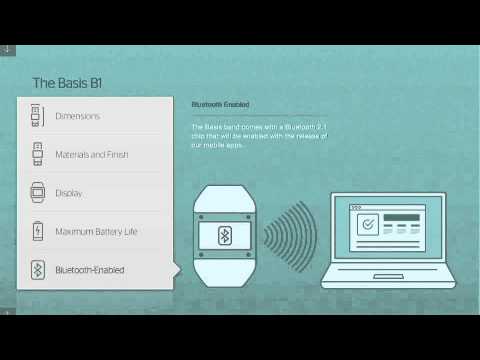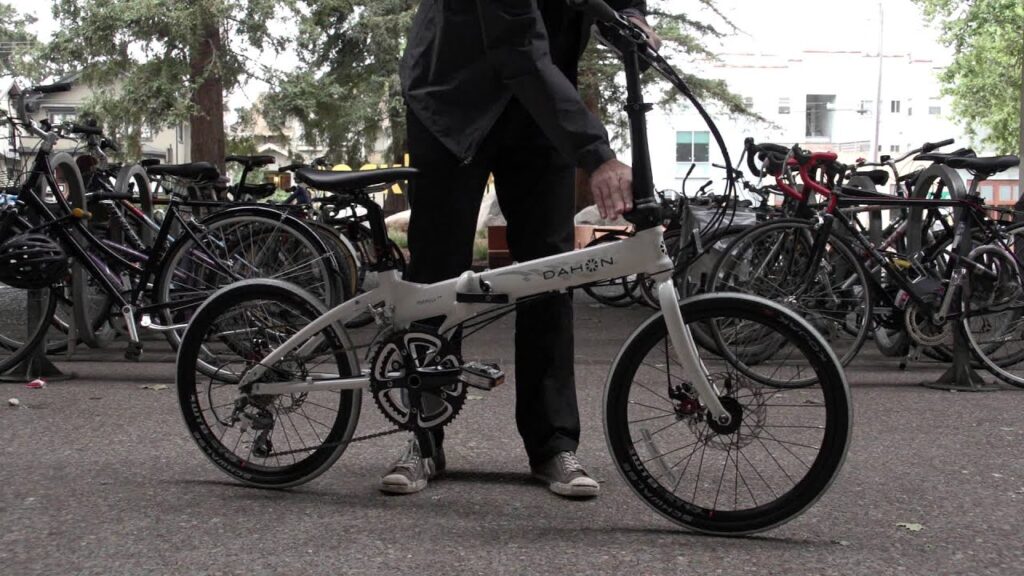The Intricacies of Brain Surgery: From Deep Brain Stimulation to Gamma Knife
Summary
In this article, we delve into the complexities of brain surgery as explained by a brain surgeon. We discuss the process of removing tumors from the pituitary base, deep brain stimulation, Gamma Knife brain surgery, and the risks involved in these procedures. We also explore the limitations of using robots in brain surgery and the potential for brain-computer interfaces to aid in neuroplasticity.
Table of Contents
- Removing Tumors from the Pituitary Base
- Deep Brain Stimulation
- Gamma Knife Brain Surgery
- Limitations of Robot-Assisted Brain Surgery
- Non-Invasive Brain Stimulation Techniques
- Brain-Computer Interfaces and Neuroplasticity
Removing Tumors from the Pituitary Base
The brain surgeon explains the delicate process of removing tumors from the pituitary base without disrupting the normal anatomy of the skull. Sometimes, the entire side of a patient’s skull needs to be removed for an extended period of time to give the brain room to swell. The surgeon advises against removing the thalamus, which is responsible for controlling attention.
Deep Brain Stimulation
Deep brain stimulation is a procedure that involves placing a tiny electrode in deep structures of the brain to target specific areas. The surgeon describes how this pacemaker-like device can regulate abnormal electrical patterns in the brain to improve symptoms of conditions such as Parkinson’s disease, dystonia, depression, and obsessive-compulsive disorder. However, the risks of the procedure include bleeding in the brain or stroke.
Gamma Knife Brain Surgery
Gamma Knife brain surgery is a technique where pinpoint beams of radiation are focused deep inside the brain to treat certain disorders. The surgeon explains the process and its benefits.
Limitations of Robot-Assisted Brain Surgery
While robots are being used in brain surgery, there are limitations due to the skull’s inconvenience and the need for human guidance.
Non-Invasive Brain Stimulation Techniques
Non-invasive brain stimulation techniques have been explored for ADHD, but not neurosurgically. Electrodes are placed in movement-associated areas of the brain to stimulate networks of neurons that create behavior.
Brain-Computer Interfaces and Neuroplasticity
Brain-computer interfaces are close to helping with neuroplasticity, but it may take decades before we see something like a Bluetooth implant in the brain. The surgeon explains the potential for brain-computer interfaces to aid in neuroplasticity.
Conclusion
In conclusion, brain surgery is a complex and delicate process that requires precision and skill. The use of deep brain stimulation and Gamma Knife brain surgery have shown promising results in treating various disorders. While robots are being used in brain surgery, there are limitations that require human guidance. Non-invasive brain stimulation techniques and brain-computer interfaces also show potential in aiding in neuroplasticity.







